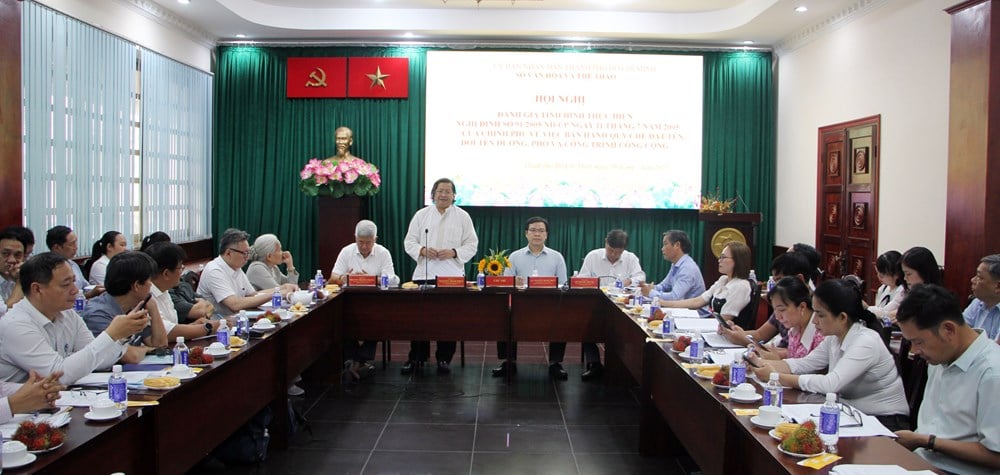
After 20 years of implementation, the work of naming and renaming streets not only has an administrative management role but also contributes to honoring the historical and cultural values, famous people and typical landmarks of Ho Chi Minh City in particular and the whole country in general.
Decree 91/2005/ND-CP clearly stipulates the authority, principles, criteria, and implementation procedures, thereby gradually putting this work into order, ensuring accuracy, solemnity, and conformity with national cultural traditions.
Since 2005, Ho Chi Minh City has named 643 roads and public works, renamed 3 roads, and adjusted the routes of 19 roads. The street names are selected based on historical value, cultural celebrities, typical landmarks, etc.
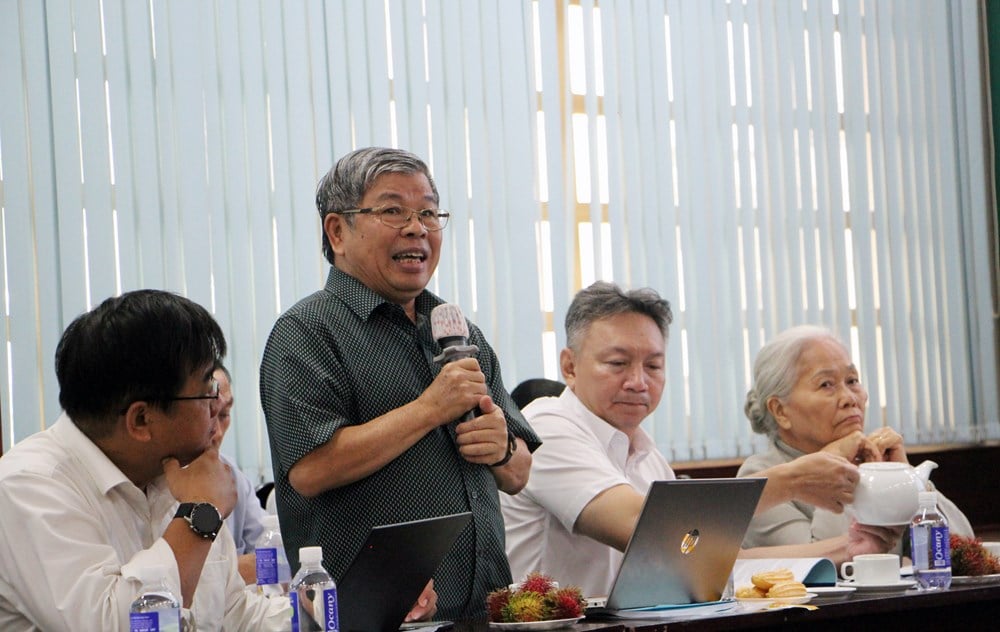
Currently, Ho Chi Minh City is managing the "Bank of Street Names and Public Works" with 1,375 names, of which 620 names have been used to name streets, and the remaining 755 names are unused.
These names are classified into various categories including famous people (domestic and international), place names, historical events, revolutionary movements, historical-cultural relics, and scenic spots.
In the period 2013-2016, the Department of Culture, Sports and Tourism of Ho Chi Minh City coordinated with the Center for Urban Research and Development to implement the project "Naming and renaming of streets and public works in Ho Chi Minh City - Survey of current situation and solutions until 2020".
The goal is to develop a feasible plan for naming and renaming streets, serving urban management requirements, while contributing to educating historical traditions and national culture, enhancing love for the homeland and country, national pride, and international friendship and solidarity.
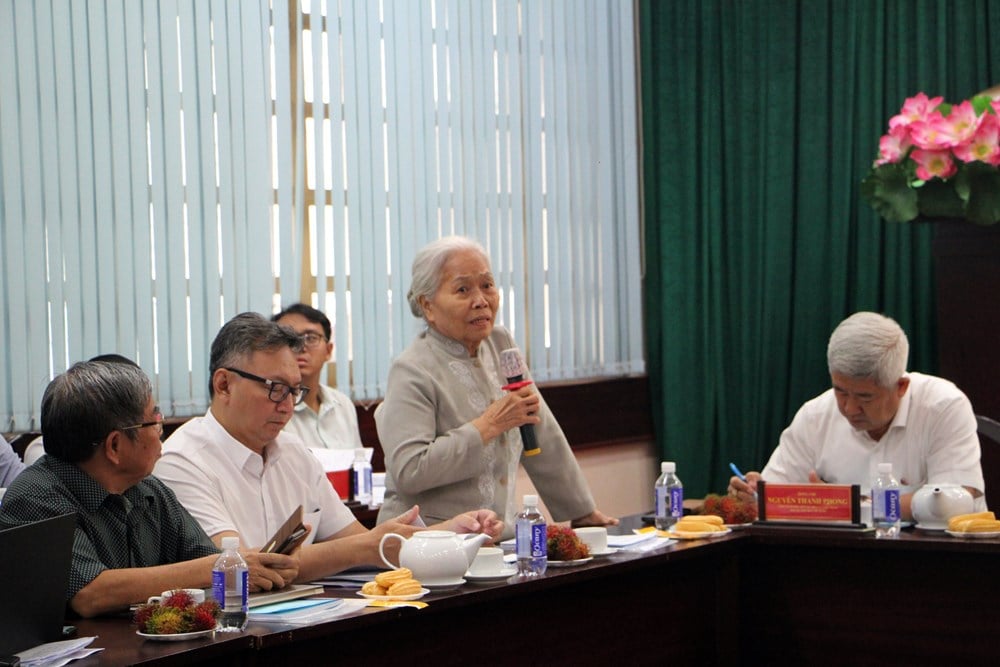
In addition, the work of disseminating the meaning of street names to the community is also focused. In 2020, the Department of Transport (now the Department of Construction) deployed a pilot installation of a street name information lookup table via QR codes, providing additional historical information and events related to the name.
The implementation of QR codes has been evaluated as effective and is being considered for replication on many other routes in the City.
At the same time, the People's Committees of districts also organized many propaganda activities to help people understand and be more proud of the meaning of street names, contributing to spreading cultural and historical values.
Currently, Ho Chi Minh City is building a webgis system to manage street name information, serve traffic planning, urban management and provide data to people.
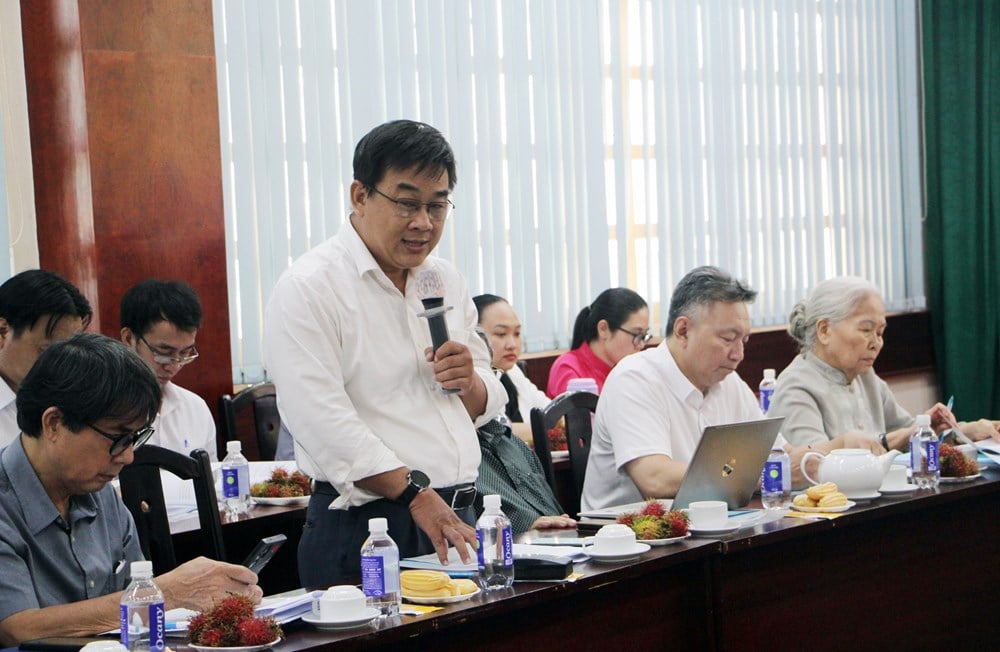
Mr. Nguyen Minh Nhut, Deputy Director of the Department of Culture, Sports and Tourism of Ho Chi Minh City, assessed that, besides the achieved results, the implementation of Decree 91/2005/ND-CP still has some difficulties and shortcomings.
Accordingly, the criteria for selecting names are still general; the conditions for roads to be considered for naming are no longer suitable for practice; there are no regulations on handling duplicate road names; the criteria for determining large-scale, important public works are not specific; the consultation process is sometimes lengthy; the authority and responsibility between levels are not clear...
Mr. Nguyen Minh Nhut emphasized that Decree 91 is built on a three-level government model, while currently localities are organized according to a two-level model, which is leading to many difficulties and inadequacies in practice.
At the conference, delegates focused on exchanging, discussing and proposing many solutions to summarize and comprehensively evaluate the implementation of the Decree over the past 20 years; analyze existing problems, share practical experiences; and at the same time propose amendments and supplements to Decree 91/2005/ND-CP to suit reality, promote cultural and historical values and meet current urban management requirements.
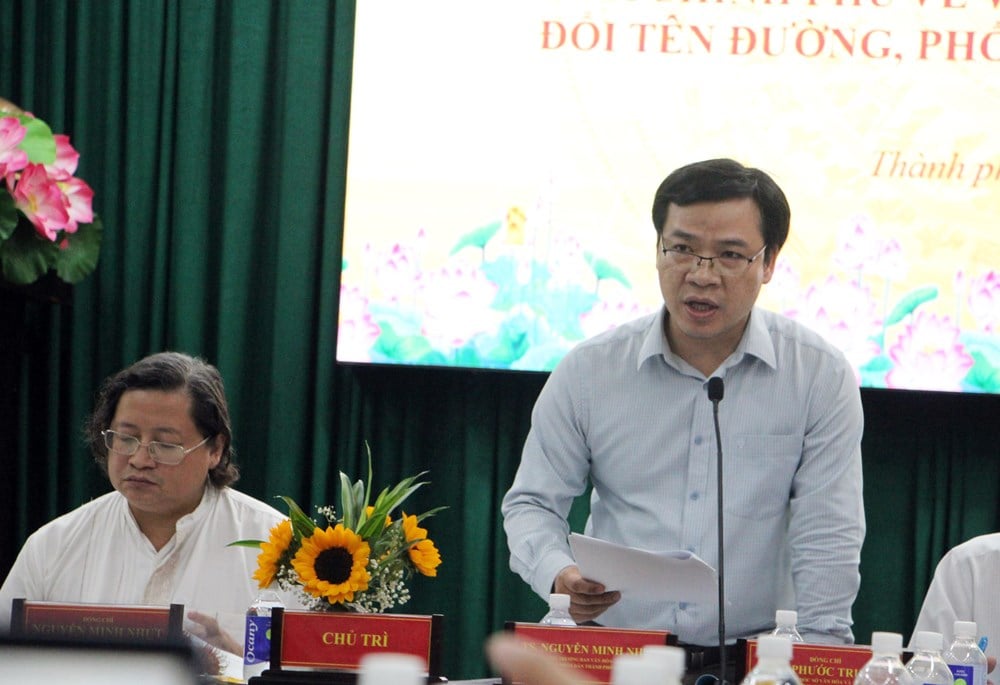
“While waiting for the central government and higher levels to adjust Decree 91 according to the correct procedure, we still have to face the strong development of a new mega-city, Ho Chi Minh City, with 168 wards, communes and special zones.
Therefore, there needs to be immediate, temporary and long-term solutions to meet the requirements of naming and renaming streets, roads and public works in the city," Mr. Nhut emphasized.
According to the Department of Culture, Sports and Tourism of Ho Chi Minh City, the contributions and opinions at the conference will be an important basis for consulting and perfecting the legal system, improving the effectiveness of naming and renaming streets and public works in the (new) Ho Chi Minh City in the coming time.
Source: https://baovanhoa.vn/van-hoa/danh-gia-20-nam-thuc-hien-quy-che-dat-ten-doi-ten-duong-va-cong-trinh-cong-cong-151064.html



![[Photo] National Assembly Chairman Tran Thanh Man meets with First Secretary and President of Cuba Miguel Diaz-Canel Bermudez](https://vphoto.vietnam.vn/thumb/1200x675/vietnam/resource/IMAGE/2025/9/2/c6a0120a426e415b897096f1112fac5a)
![[Photo] Special art program "Da Nang - Connecting the future"](https://vphoto.vietnam.vn/thumb/1200x675/vietnam/resource/IMAGE/2025/9/2/efdd7e7142fd45fabc2b751d238f2f08)

![[Photo] Ho Chi Minh City residents show their affection to celebrate the 80th anniversary of the August Revolution and National Day September 2](https://vphoto.vietnam.vn/thumb/1200x675/vietnam/resource/IMAGE/2025/9/3/55d860cbb63a40808e1e74ad9289b132)
![[Photo] Lao President Thongloun Sisoulith and President of the Cambodian People's Party and President of the Cambodian Senate Hun Sen visit the 95th Anniversary Exhibition of the Party Flag Lighting the Way](https://vphoto.vietnam.vn/thumb/1200x675/vietnam/resource/IMAGE/2025/9/2/3c1a640aa3c3495db1654d937d1471c8)
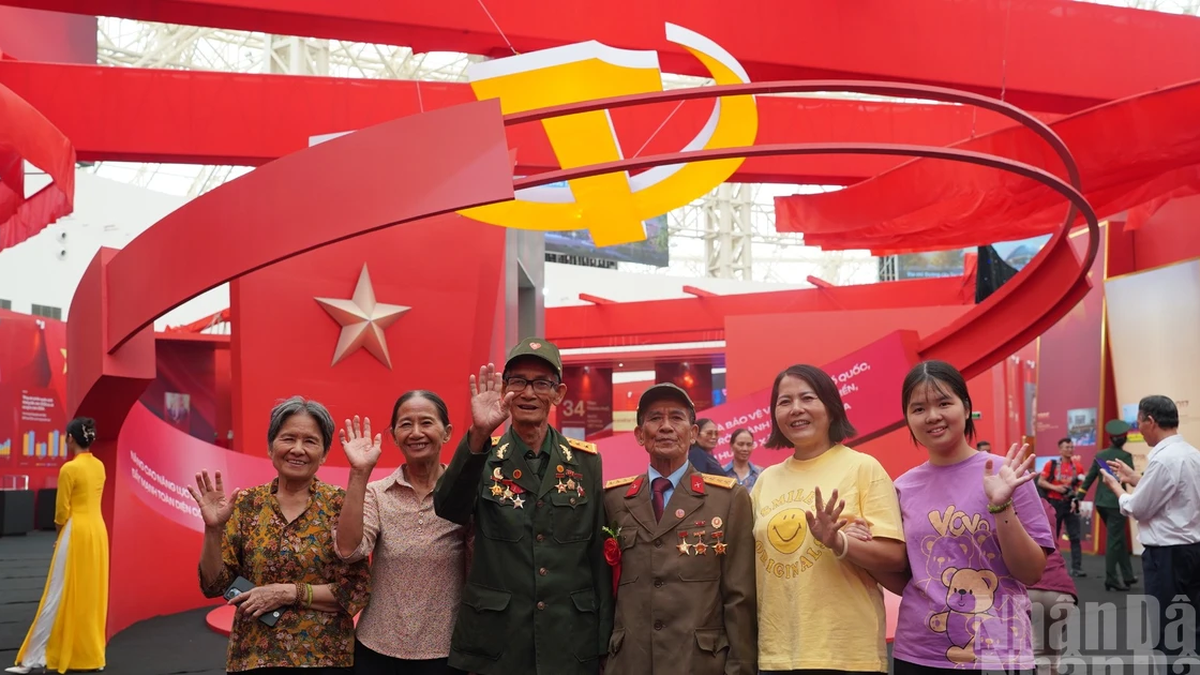





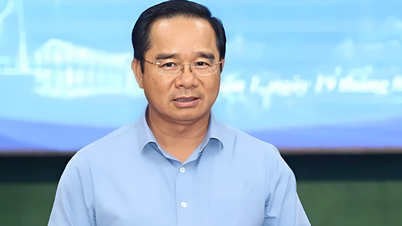

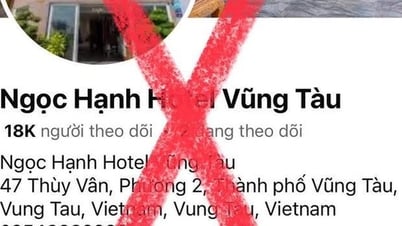



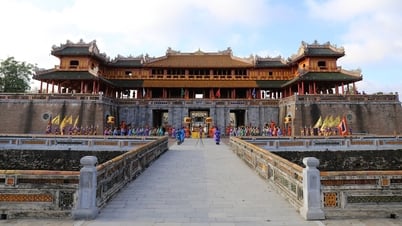


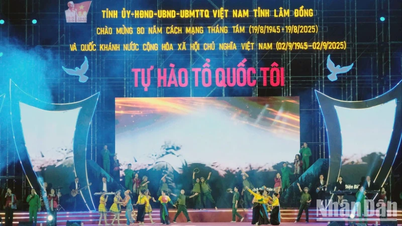
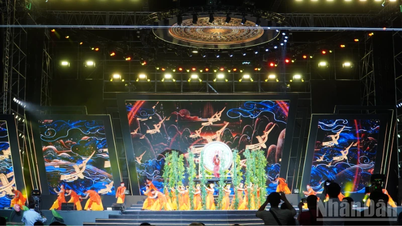
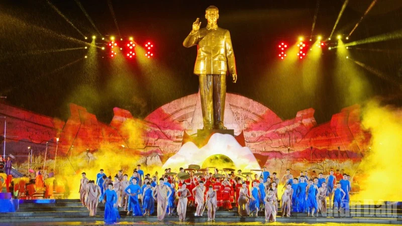

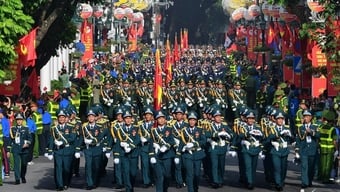


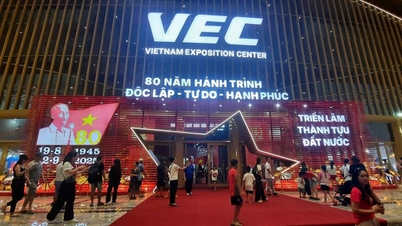


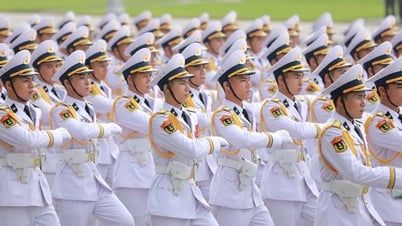


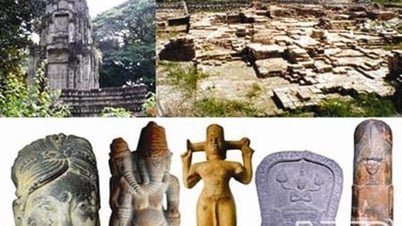

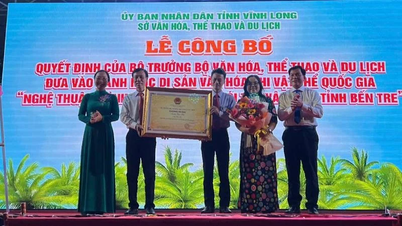


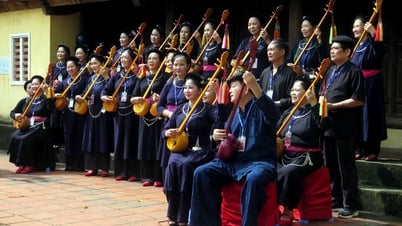

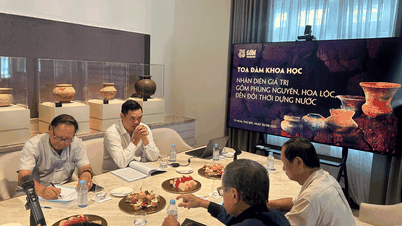











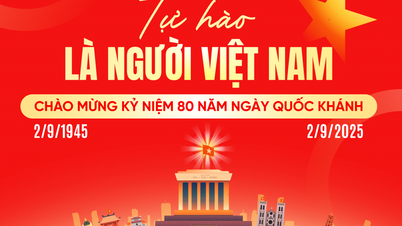
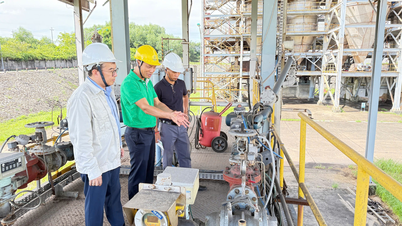


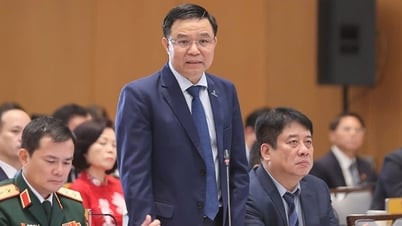
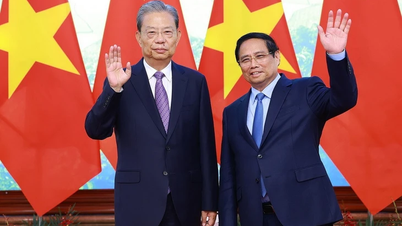
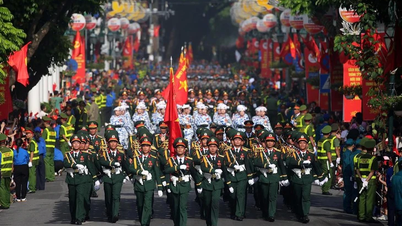
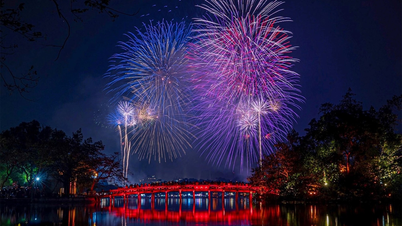
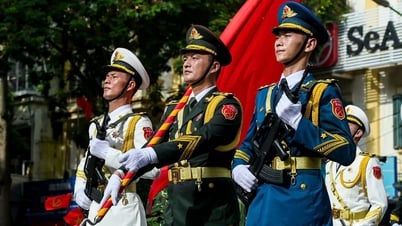



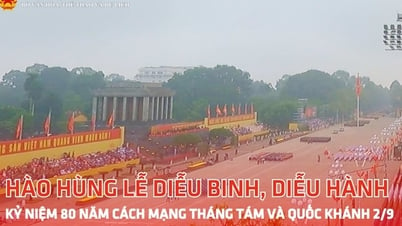

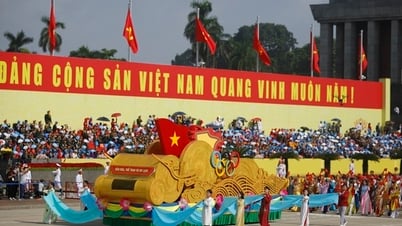

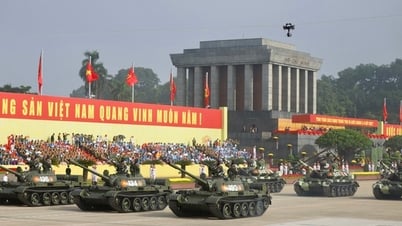
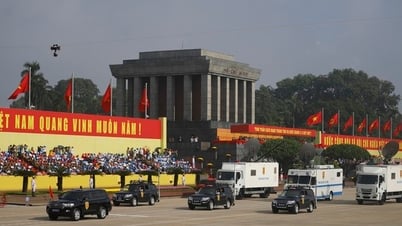



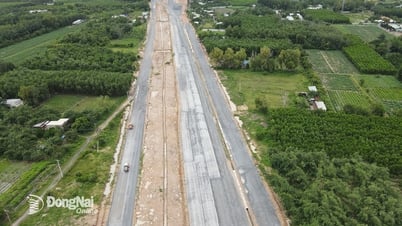

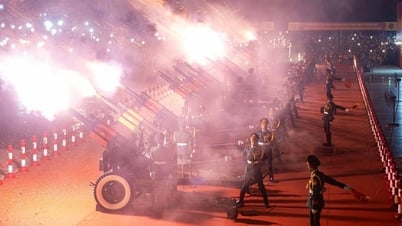








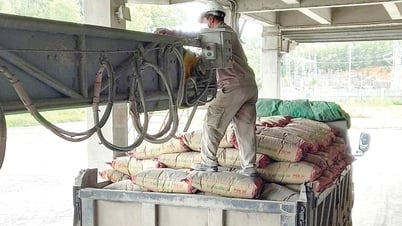



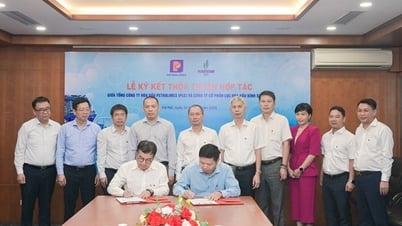



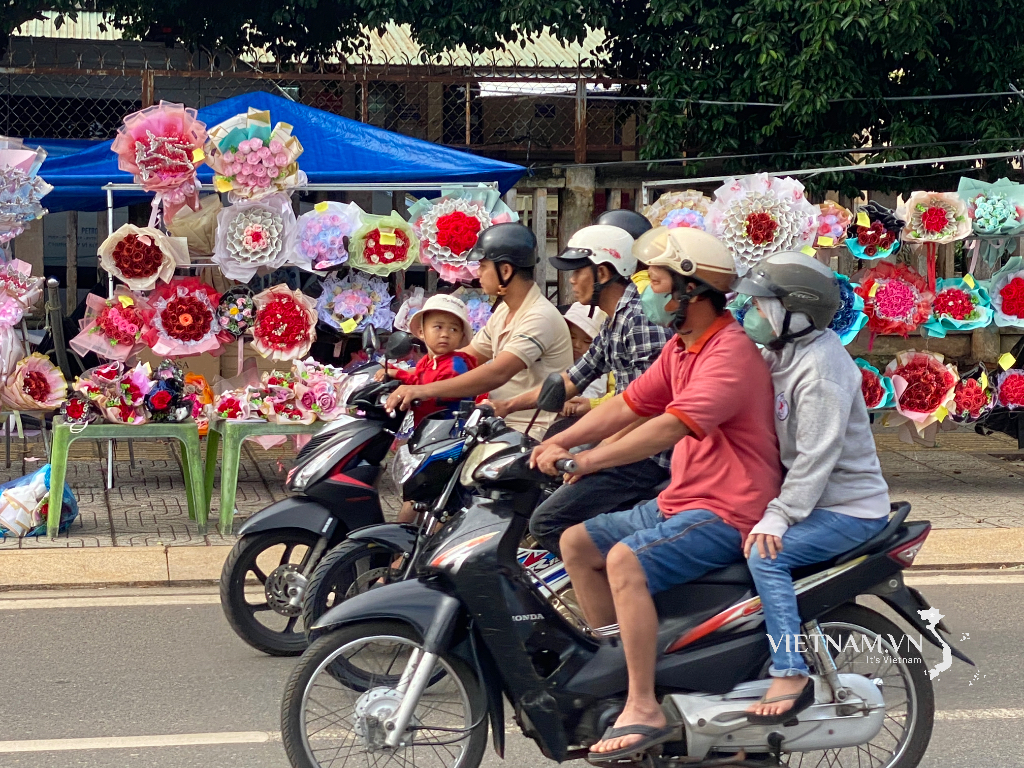


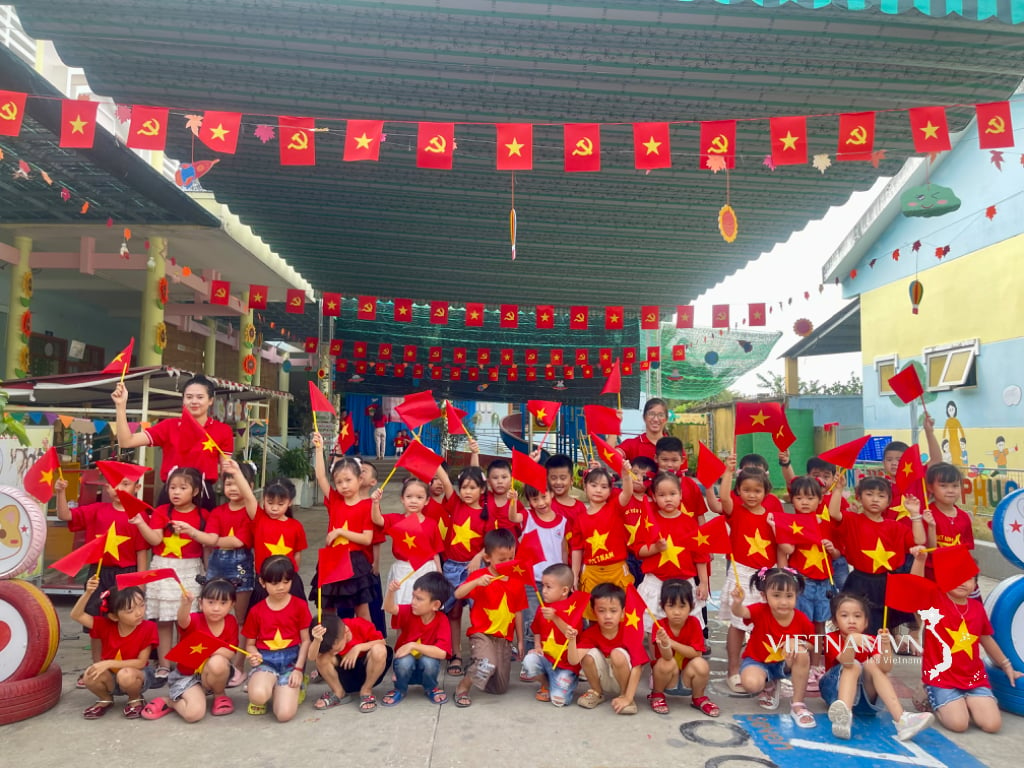
Comment (0)